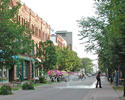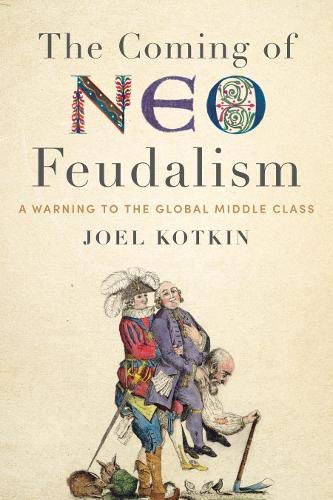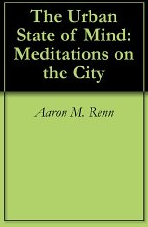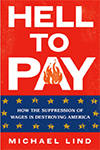The latest US Census Bureau metropolitan area population estimates (for 2019) were largely lost in the coverage of the COVID-19 pandemic. read more »
Geography
Dispersion in US Metros Increases Even Before COVID-19: New Census Estimates
- Login to post comments
Coronavirus, Labor, and an Aging World
In the last few months, we have gradually realized the dire nature of this global pandemic, and our response has been? Nothing short of the creation of a new world: hopefully not on the ruins of the last. The novel coronavirus is showing us the downside of accelerated mobility, excessive attention to short-term gains, and structural inequities in the micro and macro geographies of our planetary existence. read more »
- Login to post comments
The Battle of Oak Grove
“People Come and Go. I Plan for the Land.”
Our initial efforts to save Oak Grove from densification were pretty naïve. First, we thought we could persuade the Clackamas County planners that densification was a bad idea. We invited the lead planner to walk the neighborhood with some of us, a walk that ended with a visit in Jeanne Johnson’s home. read more »
- Login to post comments
The City as a Self-Organizing, Adaptive System - Part 2
In a preceding article, I argued that a "city-as-an-artifact" approach to planning misses the organic nature of cities, and, when used in action, this approach could result in disappointing, if well-intended, outcomes. Similarly, biomorphic models for cities fail to construct a unified, actionable theory of planning. read more »
- Login to post comments
The Vital Midwest
John Austin at the Michigan Economic Center is a long time commentator on Midwest economic issues, going back to at least his 2006 Brookings Institute report “The Vital Center.” read more »
Manila's Decade Volcano
The 25 million residents of the world’s fourth largest city (urban area) can rest a bit easier, as the Taal volcano has become less threatening in the last few days. But there is still severe disruption, especially for the many people who have been forced to evacuate.
This article includes a brief description of the developments since the January 20 eruption and compares Manila to other major metropolitan areas also threatened by dangerous volcanoes (Seattle and Naples). read more »
- Login to post comments
It's Organic! End of Conjecture and the Science Ahead
A long succession of urban theorists, including Jane Jacobs, have intuited, implied, or proclaimed the “organic” nature of cities. This organic concept of cities describes them as self-organizing, complex systems that might appear messy, but that disorderliness belies a deep structure governed by fundamentally rule-bound processes. read more »
- Login to post comments
Mayors Won't Rule the World
Earlier in this decade, cities—the bigger and denser the better—appeared as the planet’s geographic stars. read more »
- Login to post comments
Extreme Geographies of the Pacific: Honolulu, Tokyo, and Alaska
The strange but true geography of the Pacific Ocean has the Tokyo and Honolulu metropolitan areas outer island exurbs more than a thousand miles (1,600 kilometers) away from their urban cores, and a distance between the westernmost and easternmost points in Alaska of more than 2,000 miles (3,200 km), most of it open ocean waters and overlapping most easterly points in the United States. read more »
Expanding, Productive Mexico City: The Evolving Urban Form
Much of the media has been fascinated by the growing number of megacities (built up urban areas with at least 10 million residents). Not only are megacities regularly covered but various reports have them becoming denser. They’re not, as has been demonstrated by Professor Shlomo Angel, who leads the Urban Expansion Program at New York University’s Marron Institute. read more »
- Login to post comments






















